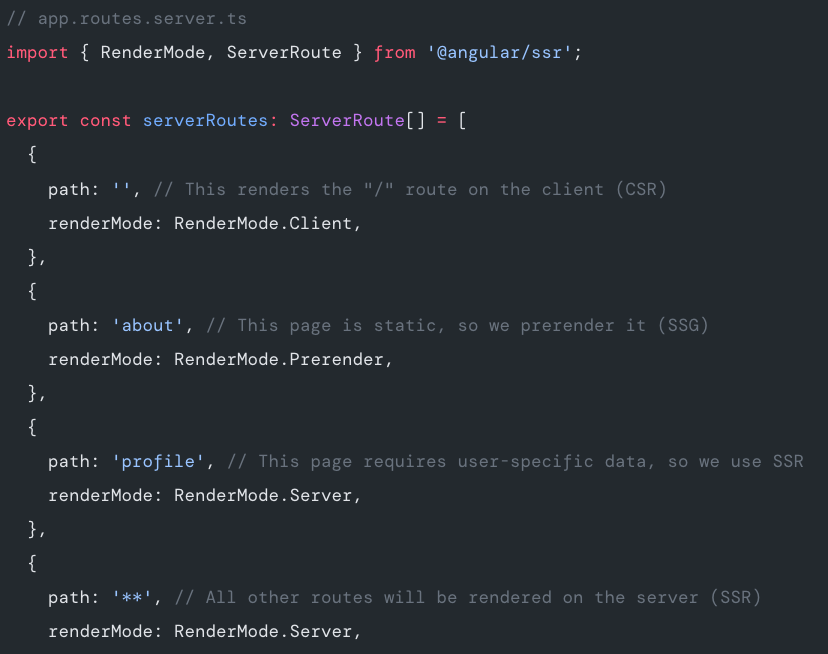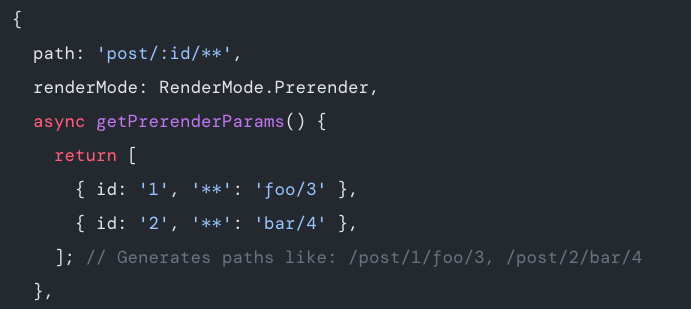Angular 21 has been released, and I’m going to divide the new features into different categories, since a lot of the new features are experimental and not recommended for production use yet.
What’s stable and production-ready:
- Angular’s MCP Server, now with more tools — allowing LLMs to use new Angular features from day one. The most interesting feature is the
onpush_zoneless_migrationtool. It can analyze your code and provide a plan to migrate your application to OnPush and zoneless change detection. - The Angular CLI now uses Vitest as the default test runner. And there’s an experimental migration if you want to migrate your old Jasmine tests:
ng g @schematics/angular:refactor-jasmine-vitest - Creating a brand new Angular application with the CLI no longer includes zone.js.
What’s experimental or in developer preview, not recommended for production:
- Signal Forms, providing a new composable and reactive forms experience built on Signals. Here is my short tutorial about the basics of Signal Forms.
- Angular Aria is launching in Developer Preview, providing headless components built with accessibility as a priority. To install:
npm install @angular/aria. It is starting with 8 components:- Accordion
- Combobox
- Grid
- Listbox
- Menu
- Tabs
- Toolbar
- Tree
You can read more with the official v21 blog post here. I will unpack all these new features over the next few weeks in separate posts (Vitest, Aria, etc.).




